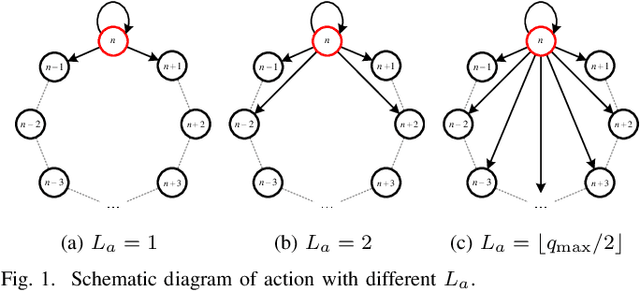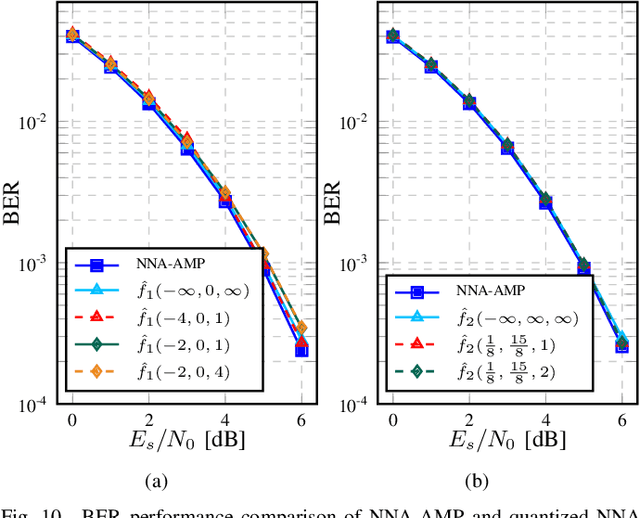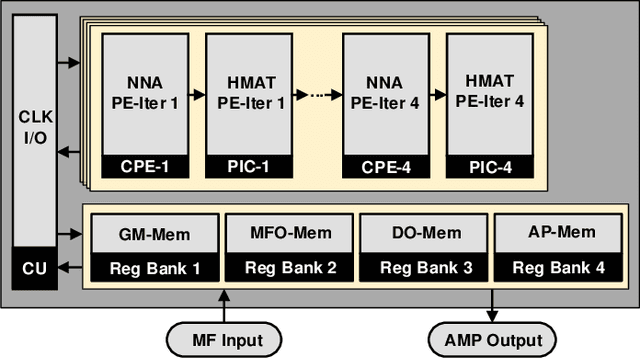Yingmeng Ge
Channel Modeling for Heterogeneous Vehicular ISAC System with Shared Clusters
Jul 16, 2023



Abstract:In this paper, we consider the channel modeling of a heterogeneous vehicular integrated sensing and communication (ISAC) system, where a dual-functional multi-antenna base station (BS) intends to communicate with a multi-antenna vehicular receiver (MR) and sense the surrounding environments simultaneously. The time-varying complex channel impulse responses (CIRs) of the sensing and communication channels are derived, respectively, in which the sensing and communication channels are correlated with shared clusters. The proposed models show great generality for the capability in covering both monostatic and bistatic sensing scenarios, and as well for considering both static clusters/targets and mobile clusters/targets. Important channel statistical characteristics, including time-varying spatial cross-correlation function (CCF) and temporal auto-correlation function (ACF), are derived and analyzed. Numerically results are provided to show the propagation characteristics of the proposed ISAC channel model. Finally, the proposed model is validated via the agreement between theoretical and simulated as well as measurement results.
Automatic Hybrid-Precision Quantization for MIMO Detectors
Aug 11, 2022



Abstract:In the design of wireless systems, quantization plays a critical role in hardware, which directly affects both area efficiency and energy efficiency. Being an enabling technique, the wide applications of multiple-input multiple-output (MIMO) heavily relies on efficient implementations balancing both performance and complexity. However, most of the existing detectors uniformly quantize all variables, resulting in high redundancy and low flexibility. Requiring both expertise and efforts, an in-depth tailored quantization usually asks for prohibitive costs and is not considered by conventional MIMO detectors. In this paper, a general framework named the automatic hybrid-precision quantization (AHPQ) is proposed with two parts: integral quantization determined by probability density function (PDF), and fractional quantization by deep reinforcement learning (DRL). Being automatic, AHPQ demonstrates high efficiency in figuring out good quantizations for a set of algorithmic parameters. For the approximate message passing (AMP) detector, AHPQ achieves up to $58.7\%$ lower average bitwidth than the unified quantization (UQ) one with almost no performance sacrifice. The feasibility of AHPQ has been verified by implementation with $65$ nm CMOS technology. Compared with its UQ counterpart, AHPQ exhibits $2.97\times$ higher throughput-to-area ratio (TAR) with $19.3\%$ lower energy dissipation. Moreover, by node compression and strength reduction, the AHPQ detector outperforms the state-of-the-art (SOA) in both throughput ($17.92$ Gb/s) and energy efficiency ($7.93$ pJ/b). The proposed AHPQ framework is also applicable for other digital signal processing algorithms.
 Add to Chrome
Add to Chrome Add to Firefox
Add to Firefox Add to Edge
Add to Edge